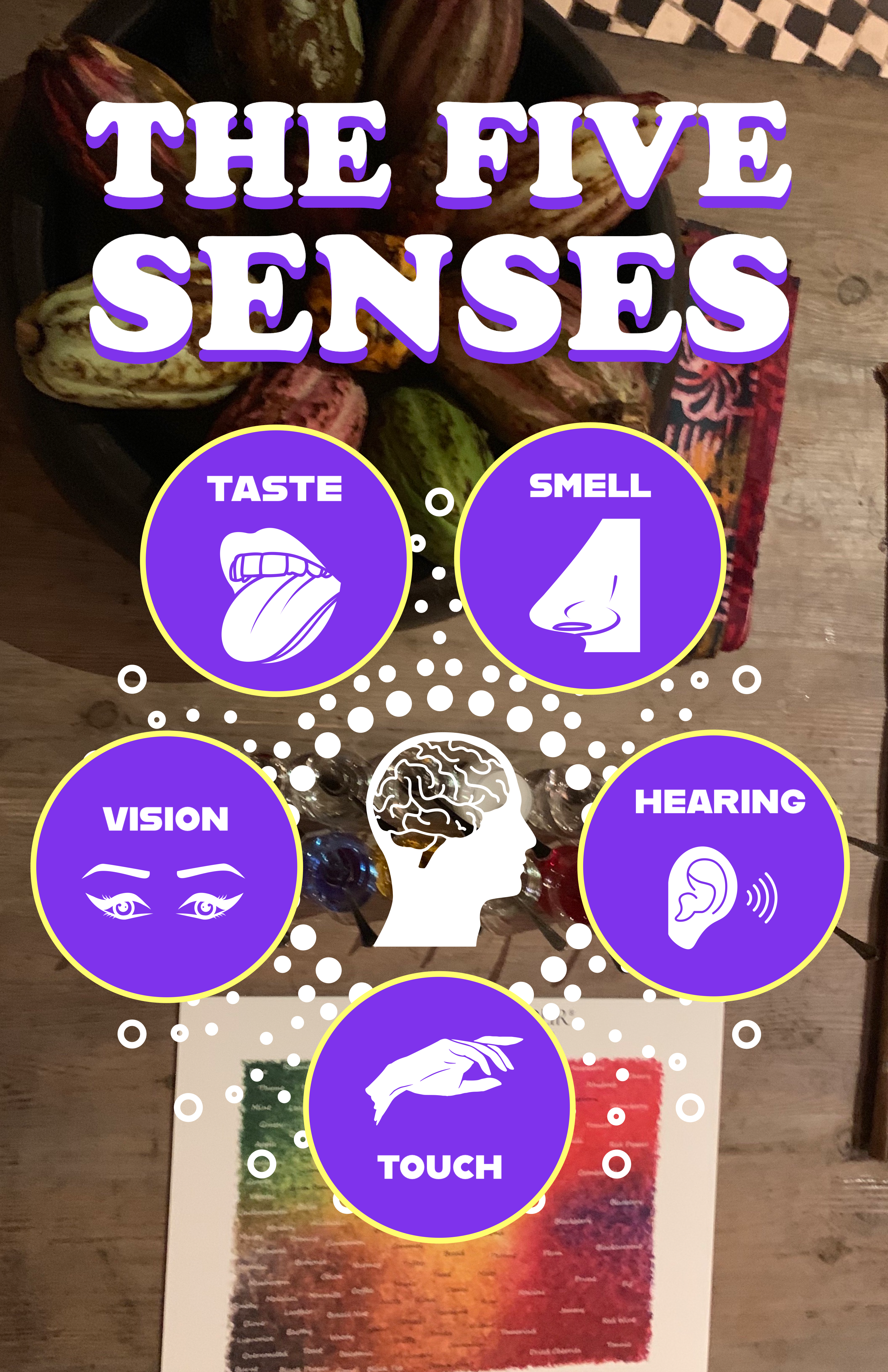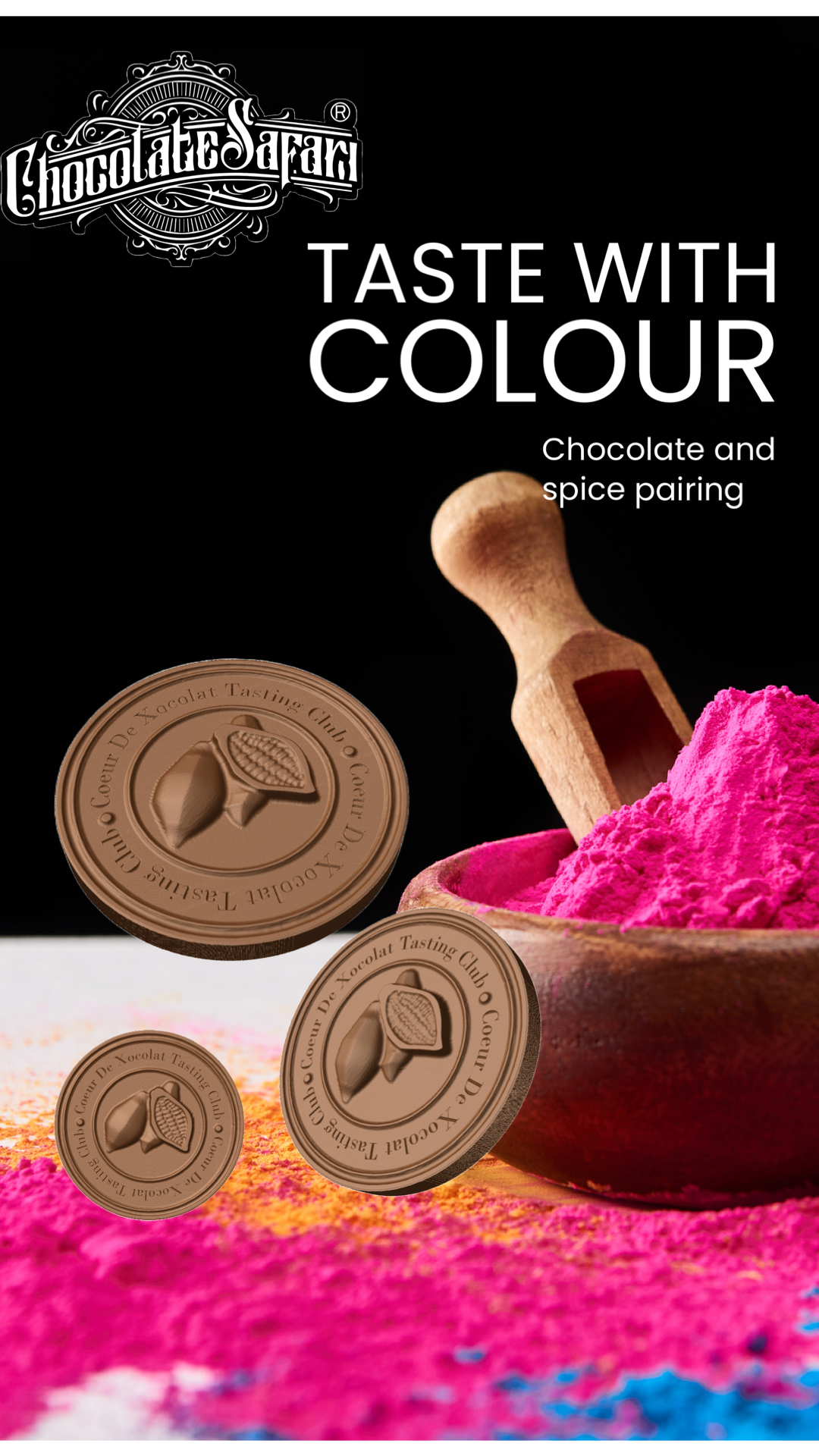Have you ever noticed that some people seem to be able to taste dozens of different flavours in a single square of chocolate a sip of wine or beer?
It's not a magical power, it's practice practice and more practice.
Just like any other skill, with work you can improve your scent memory and palate with time and effort.
Here are a few things to help you get started:
Learn to identify the basic tastes.
There are five basic tastes:
Sweet
the taste of sugars, and it is often associated with pleasure and satisfaction. Sweet foods are often high in energy and calories.
Sour
the taste of acids, often associated with tartness and freshness. Sour foods can help to stimulate the appetite and digestion.
Salty
the taste of sodium chloride, and it is often associated with preservation and seasoning. Salty foods can help to balance out the flavours of other foods and make them more palatable.
Bitter
the taste of alkaloids, often associated with danger and toxicity. Bitter foods can be a sign that a food is poisonous, so be cautious of bitter flavours.
Umami
the taste of glutamates, and it is often associated with savoury and meaty flavours.
Umami foods are typically high in protein and can help to enhance the flavour of other foods.
There is some debate about whether there are actually five or six basic tastes.
Some people believe that fat should be considered a sixth taste, as it is a major component of many foods and can have a significant impact on their flavour, there is no scientific consensus on this issue.
The five basic tastes are detected by taste buds, which are small bumps on the tongue.
Each taste bud contains taste receptor cells, which are specialised to detect different types of tastes.
When a food touches a taste bud, the taste receptor cells send signals to the brain, which interprets these signals as different tastes.
The five basic tastes play an important role in our enjoyment of food. They help us to determine whether a food is safe to eat, and they also help us to appreciate the different flavours of food.
Once you know how to identify these tastes, you'll be better placed to distinguish them in more complex foods.
Wine, beer, whiskey and coffee experts use aroma wheels and nosing kits to train their nose to recognise fruits blossoms, herbs and spices.
Try to be adventurous.
Try new foods, every week even if they seem strange or unfamiliar. Try learning a new spice or herb each week.
The more you expose your palate to different flavours, the more refined it will become.

Sight, smell, touch, and taste all play a role in our perception of flavour.
So when you're eating, take time to look at, smell, listen and even touch your food before you take a bite.
Cleanse your palate between different foods
So you can taste each course more fully.
You can cleanse your palate with something bland, like a cracker or a piece of dry French bread, or with something with stronger flavours, try a piece fruit or an even spoonful of sugar.
Reducing sugar and salt can help
Both these ingredients can dull your taste buds, making it harder to taste the subtleties of food.
Conclusion
To fully enjoy a wide variety of foods, you have to be able to taste them. There’s a difference between enjoying a meal, and truly tasting every flavour and ingredient that goes into it.
With a little practice it’s possible to develop your palate to taste like a pro.
So get out there and start exploring the world of flavour!

